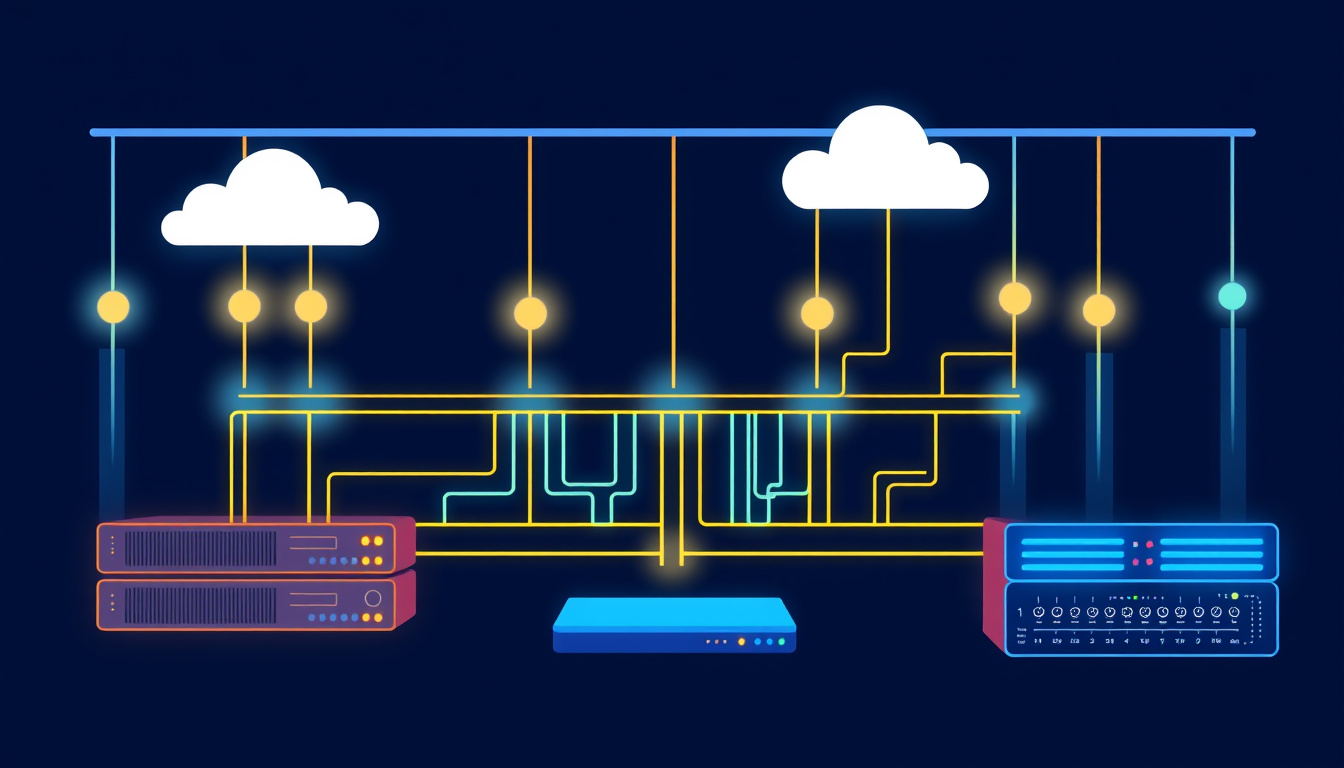In today’s digital landscape, ensuring optimum throughput capability within your network is crucial for enhancing overall performance and efficiency. As organizations increasingly rely on data-intensive applications, choosing devices that support high throughput becomes paramount. This guide will walk you through essential aspects of understanding throughput, how it contrasts with bandwidth, the critical factors affecting network performance, and how to select the right devices.
Understanding Throughput and Bandwidth
What is Throughput?
Throughput refers to the actual amount of data transmitted successfully over a network in a given timeframe, measured in bits per second (bps). Unlike bandwidth, which denotes the maximum possible transfer capacity, throughput reflects real-world performance. Higher throughput signifies better network efficiency and indicates that your devices can handle more significant data loads effectively.
The Difference Between Throughput and Bandwidth
While bandwidth represents the theoretical maximum transfer capacity of a network, throughput is concerned with the actual data volume transferred. For instance, a network with a bandwidth of 100 Mbps may not achieve 100 Mbps of throughput due to various factors influencing performance.
Factors Impacting Network Throughput
To maximize throughput, it is essential to understand the factors that impact it:
-
Network Congestion: Heavy usage and many users can lead to bottlenecks in data transmission. Monitoring and managing traffic flows is crucial to reduce congestion.
-
Device Specifications: Devices generate and route traffic, and their capabilities significantly affect throughput. For instance, network switches and routers with higher specifications will naturally allow for better data handling.
-
Latency and Packet Loss: High latency can delay data transmission, while packet loss results in lost data packets requiring retransmission, which can decrease throughput. Minimizing these elements is essential for maintaining high throughput.
-
Quality of Service (QoS): Implementing QoS technologies can prioritize important network traffic, ensuring that critical applications receive the necessary bandwidth, thereby optimizing overall network performance.

Choosing the Right Devices
When selecting devices for your network, consider the following:
1. Throughput Ratings
Look for devices with throughput ratings that align with your operational needs. Conduct a thorough analysis of your network’s expected data loads and select switches, routers, and storage solutions that can support high throughput under various conditions.
2. Support for Advanced Technologies
Ensure that devices support modern networking technologies such as Multi-Gigabit Ethernet or Wi-Fi 6, which are designed to boost throughput and enhance performance in dense environments.
3. Multilayer Switches and Routers
Utilizing multilayer switches that can support data at Layer 2 and Layer 3 can significantly improve network throughput, providing more granular control and better traffic management.
4. Scalability and Future Proofing
As organizational needs grow, scalability becomes crucial. Choose devices that not only meet current requirements but can also accommodate future demands, ensuring uninterrupted service as data loads increase.
5. Regular Performance Monitoring
Implementing network monitoring tools can provide visibility into throughput performance. This methodology allows for real-time adjustments to be made in response to changes in traffic patterns or network congestion, helping to maintain high throughput levels.
Conclusion
In conclusion, achieving maximal throughput in your network requires a comprehensive strategy encompassing the right choices in devices, thoughtful implementation of configurations, and consistent performance monitoring. As the demand for data continues to rise, investing in high-throughput devices will enable your organization to unlock greater efficiency, optimize user experiences, and ensure robust performance across all applications. By prioritizing throughput capacity in your technology selections, you can create a resilient, future-proof network capable of handling your organization’s evolving digital requirements.



